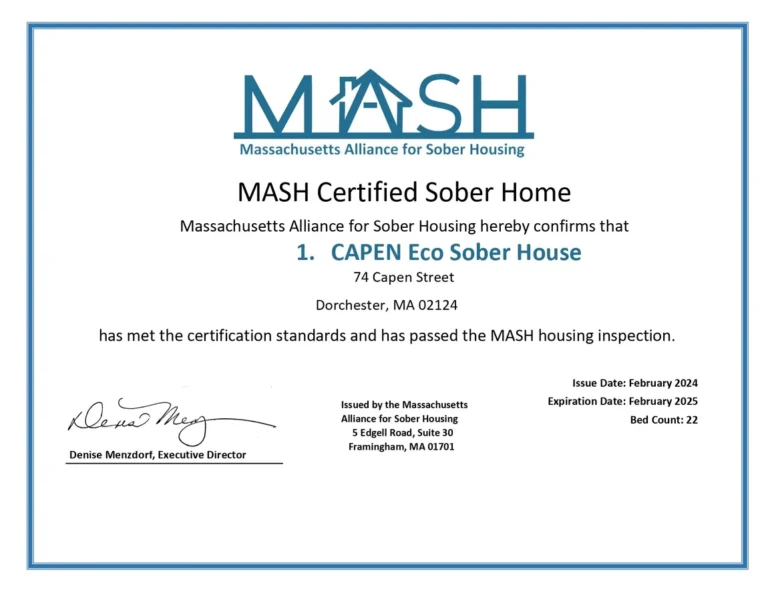The NARR functions by certifying regional networks (referred to as “affiliates”) which then certify individual residences. The services, rent, rules and living conditions at sober living homes vary from place to place. Some homes are part of a behavioral health care system where residents live next to a rehab clinic, participate in outpatient therapy and have access to the clinic’s recreational activities. Sober living homes work by offering a structured and supportive environment for individuals transitioning from intensive recovery programs back into regular life. With clear guidelines such as curfews and mandatory meetings, residents are held accountable and encouraged to maintain their focus on recovery. Sober living homes are structured environments designed to foster recovery and maintain sobriety.
What Are Sober Living Houses?
But, unfortunately, even for those who have housing, many leave treatment only to return to living environments that are not recovery focused, where others use substances, or where substances are accessible. Addiction Sober House specialists stress that residents actively address their addiction challenges. Many homes advocate for structured schedules, focusing on recovery, and may provide counseling or medication monitoring services.
Resident requirements

Both residences provide a space where people can live as a group and ease themselves back into daily life following a stint away from home. However, the way they work, the length of stay, and the funding options differ. In some cases, your health insurance can help cover the cost of your stay in a sober living home as a necessary addiction recovery service. Financial assistance programs, including grants, scholarships, and public funding, are also available for people recovering from addiction. Another study published in the same journal suggested that sober living homes can provide a supportive environment that helps individuals in recovery maintain sobriety and improve their overall quality of life. People who are suffering from some type of substance abuse issue often have a hard time readjusting to society, especially if they have received inpatient treatment or gone to rehab.
Jelly Roll claims marijuana has kept him ‘sober’ from hard drugs: ‘This is a hot button topic’
- Living in this type of home can aid sobriety and make it more likely that recovering addicts will remain in recovery for the long term.
- Your health and wellness is unique to you, and the products and services we review may not be right for your circumstances.
- Studies have identified that 65% to 70% of people relapse within the initial 90-day period.
- Many sober living homes are connected with local therapy groups, counseling services, and job training programs.
- Outpatient care can include partial hospitalization, day treatment programs, medical management in clinics, and individual or group therapy.
- Remember, the journey to sobriety doesn’t end once you leave the sober living home.
- While completing a substance abuse rehab program before moving in may not be required, it can help individuals to stay sober.
For an overview of the rehabilitation process, see below or read our guide on the subject. A variety of other studies have also found that sober living homes appear to be an effective component of the recovery process. An American Journal of Public Health study compared individuals who lived in a sober living home to those who only received outpatient treatment or attended self-help groups.
- Sober living homes are more than just a place to stay; they’re communities aimed at fostering healing and growth.
- The goal is to transition to an independent lifestyle, free of substance abuse and addiction.
- Additionally, maintaining your sobriety typically requires a home that is free of substances.
Welcome to Design for Recovery

What is a Sober House?

